Barre Chords
A Shape Barre ChordsSlide Up One Fret
Sliding the shape up one fret, and adding the barre finger leaves us with the A shape barre in the first fret, or the Bb chord:

Slide Up by Half Steps
Now we will slide the A shape barre up one fret at a time in half step increments, to play the B chord, C chord, C# chord and the D chord.
Modifying the A Shape
Like the E shape, any way we modify an A chord, we can modify the A shape barre chord, and alter each barre chord accordingly. Thus we can use an Am shape, and then move it up the fretboard to create minor chords. We can call this the “Am shape”. Look at the images:
My Store
You can support this page by making your music purchases through this website. All purchases are directly through Amazon, through this website. You can make any and all of your Amazon searches and purchases here.
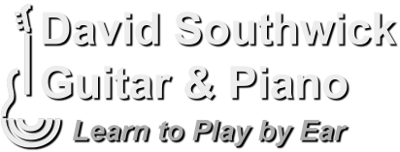

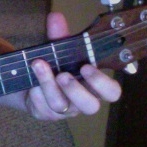
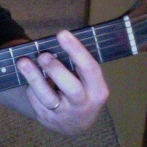
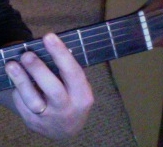
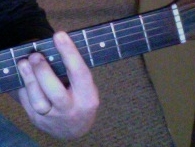
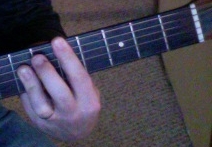

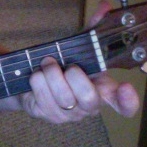
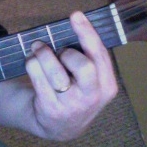
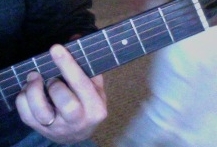
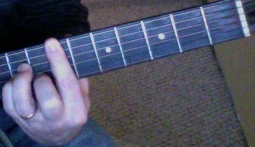
Found the info. very helpful it served my curiosity about barre chords.